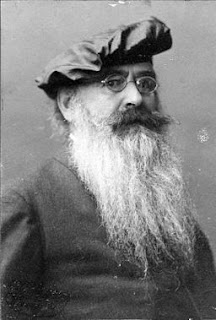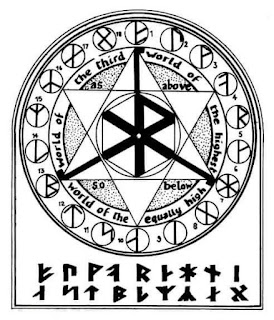Almighty GIBOR: Understanding Guido von List’s G-Rune

This article has been writing itself in my head for the past couple of months. Its form continued to evolve until it fully formed during my sleep of 8 March. "These songs will be, to you, Loddfafnir, for a long time well-nigh unlearnable." Composed on 9 and 10 March 2024. ********* There is much misunderstanding and controversy over the 18 runes that Guido von List associated with the 18 Rúnatal verses of the Hávamál (verses 146-164). An internet search discovers the accusation that these runes, oftentimes, but inaccurately called “Armanen” runes are “pseudo-runes” or not runes at all. Some critics suggest that List simply “made them up.” While many are quick to condemn the authenticity of List’s entire Futhorkh, such complaints fail to comprehend the historicity and importance of List’s work. In fact, the first 16 runes of List’s system are what is today known as the Younger Futhork (which was in use throughout the Viking period from approximately the 8th through 12th c

_-_Jean_Delville.png)



